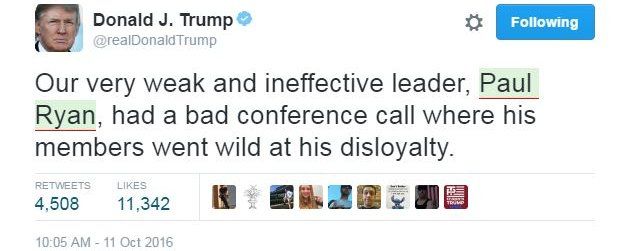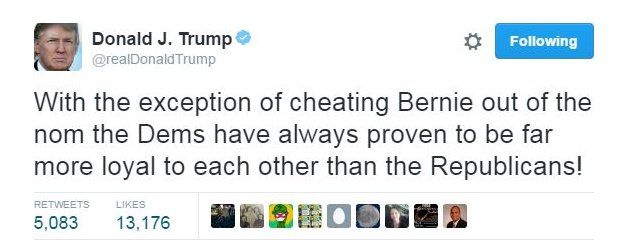Meanwhile there's strong evidence that Clinton and/or the DNC may have caused voting irregularities in states without a paper voting trail:
http://www.snopes.com/stanford-study-proves-election-fraud-through-exit-poll-discrepancies/
Not really, Steinman. Did you read past the headline?
WHAT'S TRUE: Two researchers (presumably graduate students) from Stanford University and Tilburg University co-authored a paper asserting they uncovered information suggesting widespread primary election fraud favoring Hillary Clinton had occurred across multiple states.
WHAT'S FALSE: The paper was not a "Stanford Study," and its authors acknowledged their claims and research methodology had not been subject to any form of peer review or academic scrutiny.
What that means is that their claims at this point hold no water. It's about as a valid as your average Breitbart article.
Specifically from their paper:
Statement on peer-review: We note that this article has not been officially peer-reviewed in a scientific journal yet. Doing so will take us several months. As such, given the timeliness of the topic, we decided to publish on the Bern Report after we received preliminary positive feedback from two professors (both experts in the quantitative social sciences). We plan on seeking peer-reviewed publication at a later time.
As of now, we know there may be errors in some numbers (one has been identified and sent to us: it was a mislabeling). We encourage anyone to let us know if they find any other error. Our aim here truly is to understand the patterns of results, and to inspire others to engage with the electoral system.
If you're alleging a pattern of misconduct based on quantitative analysis, and you don't have the numbers right, your results are meaningless.
More the point, their entire theory is that there might have been primary election fraud due to the disagreement between election results and exit polls, but the way the US does exit polls is not set up to detect fraud. From an article The Nation:
While exit polls are used to detect potential fraud in some countries, ours aren’t designed, and aren’t accurate enough, to accomplish that purpose. [A polling company VP], who has conducted exit polls in fragile democracies like Ukraine and Venezuela, explained that there are three crucial differences between their exit polls and our own. Polls designed to detect fraud rely on interviews with many more people at many more polling places, and they use very short questionnaires, often with just one or two questions, whereas ours usually have twenty or more. Shorter questionnaires lead to higher response rates. Higher response rates paired with larger samples result in much smaller margins of error. They’re far more precise. But it costs a lot more to conduct that kind of survey, and the media companies that sponsor our exit polls are only interested in providing fodder for pundits and TV talking heads. All they want to know is which groups came out to vote and why, so that’s what they pay for.
As well, standard exit polling conducted in the U.S. can be very inaccurate and systematically biased for a number of reasons,
including:
o Differential nonresponse, in which the supporters of one candidate are likelier to participate than those of another candidate. Exit polls have limited means to correct for nonresponse, since they can weight only by visually identifiable characteristics. Hispanic origin, income and education, for instance, are left out.
o Cluster effects, which happen when the precincts selected aren’t representative of the overall population. This is a very big danger in state exit polls, which include only a small number of precincts. As a result, exit polls have a larger margin of error than an ordinary poll of similar size. These precincts are selected to have the right balance of Democratic and Republican precincts, which isn’t so helpful in a primary.
o Absentee voters aren’t included at all in states where they represent less than 20 percent or so of the vote.
As the
New York Times put it, "[N]o one who studies the exit polls believes that they can be used as an indicator of fraud in the way the conspiracy theorists do."
So that's another discredited, misinterpreted swing at the Dems from Steinman. Strike two.





